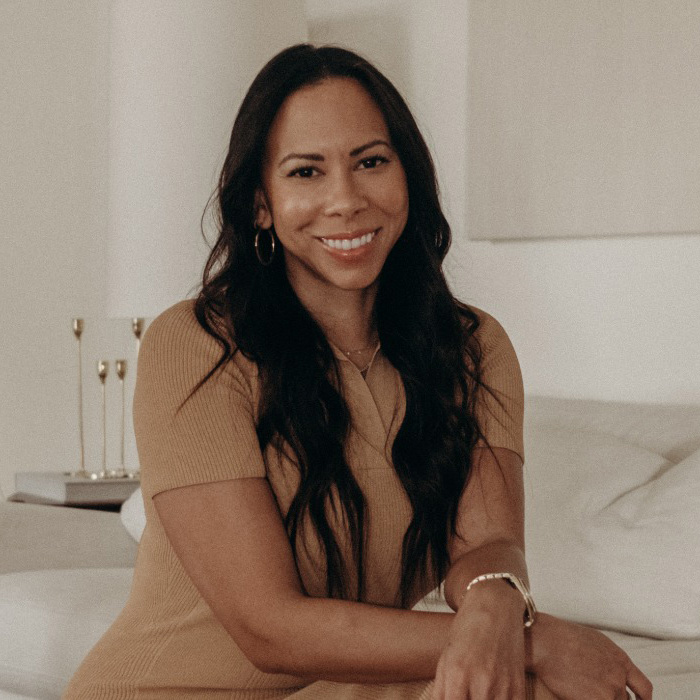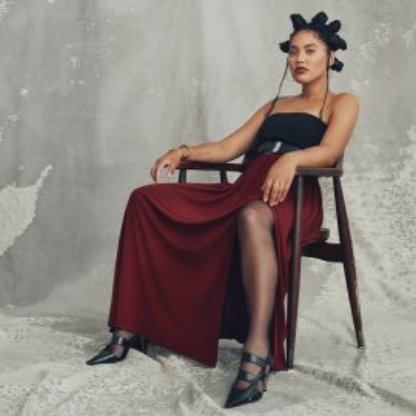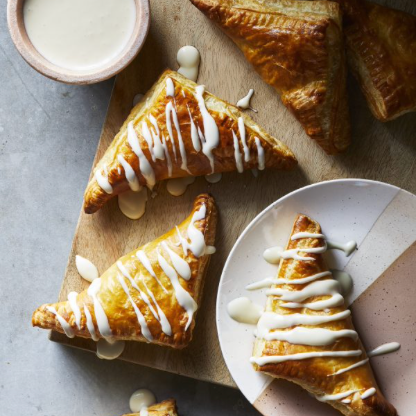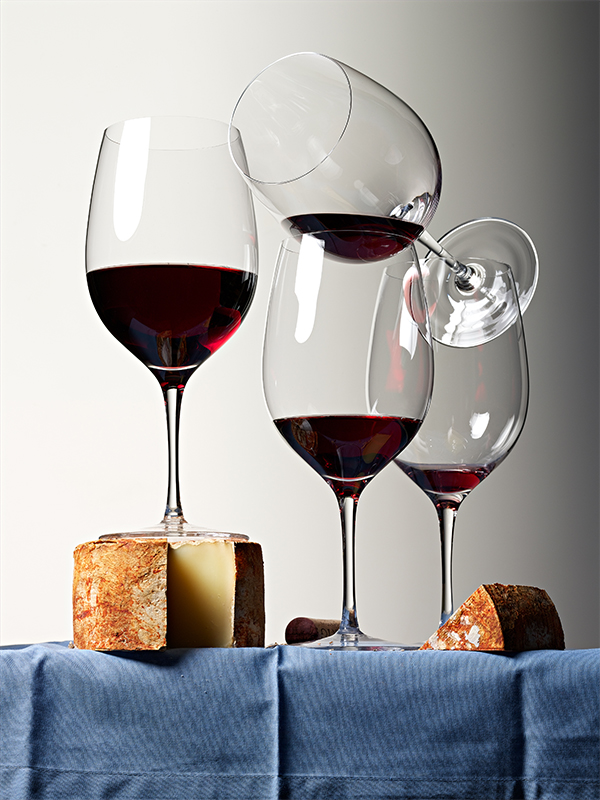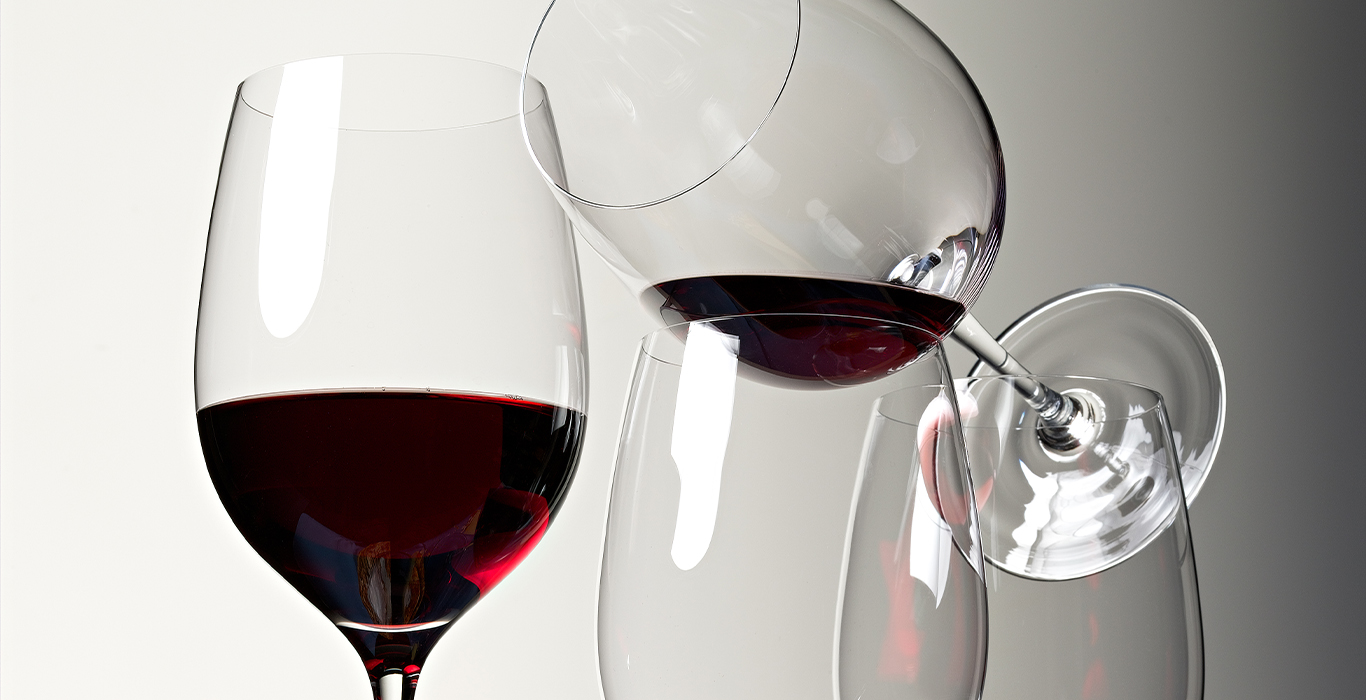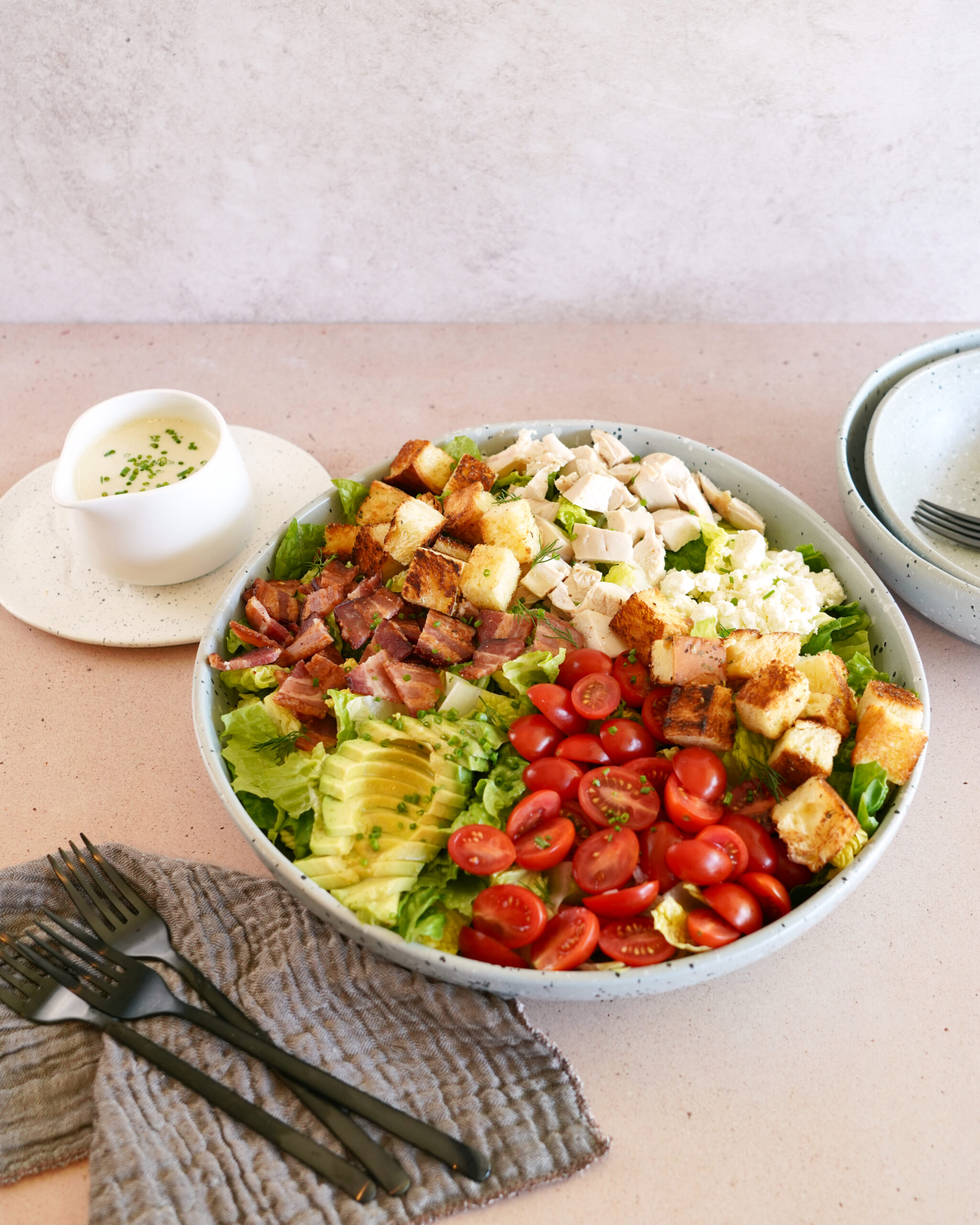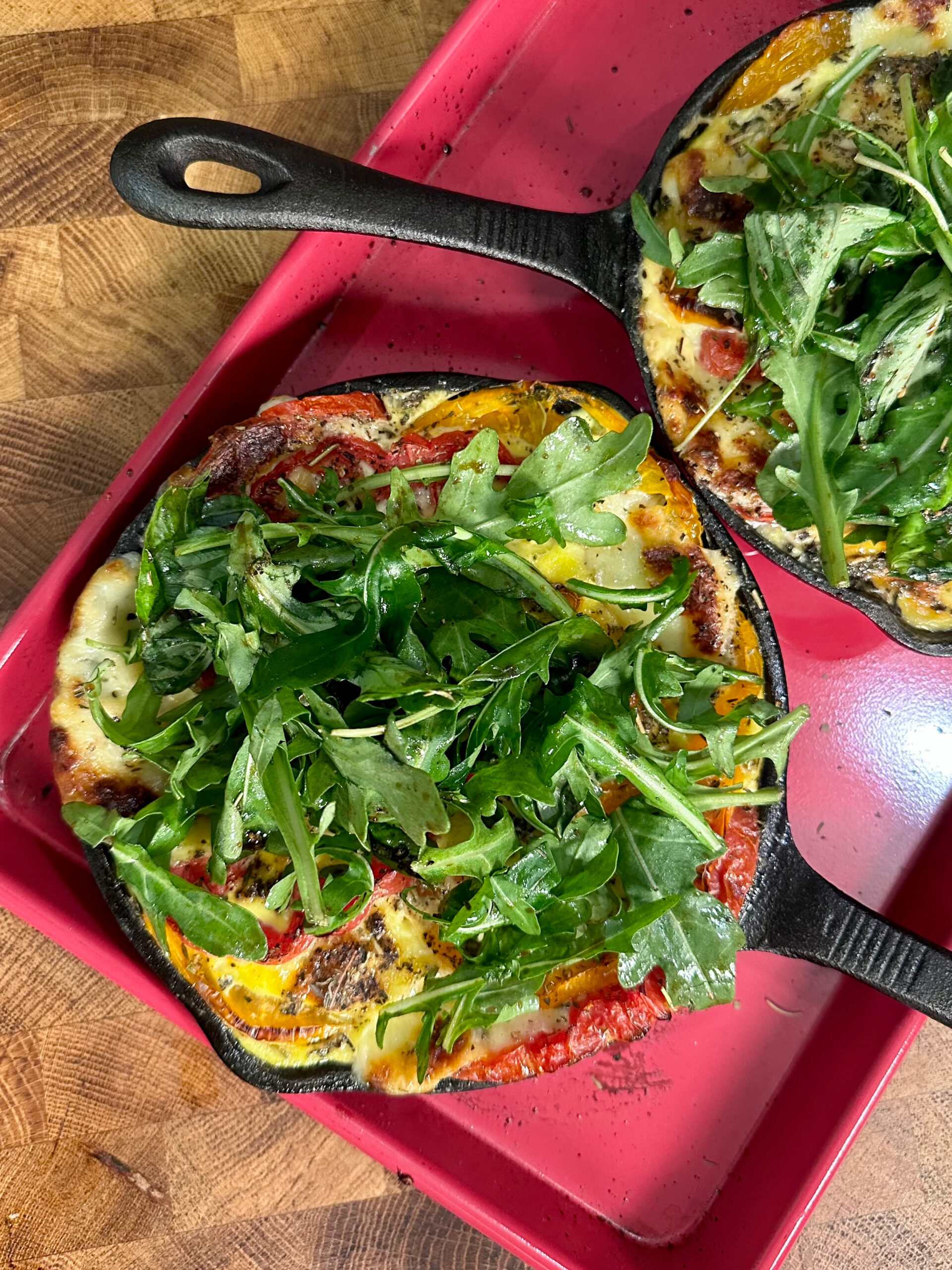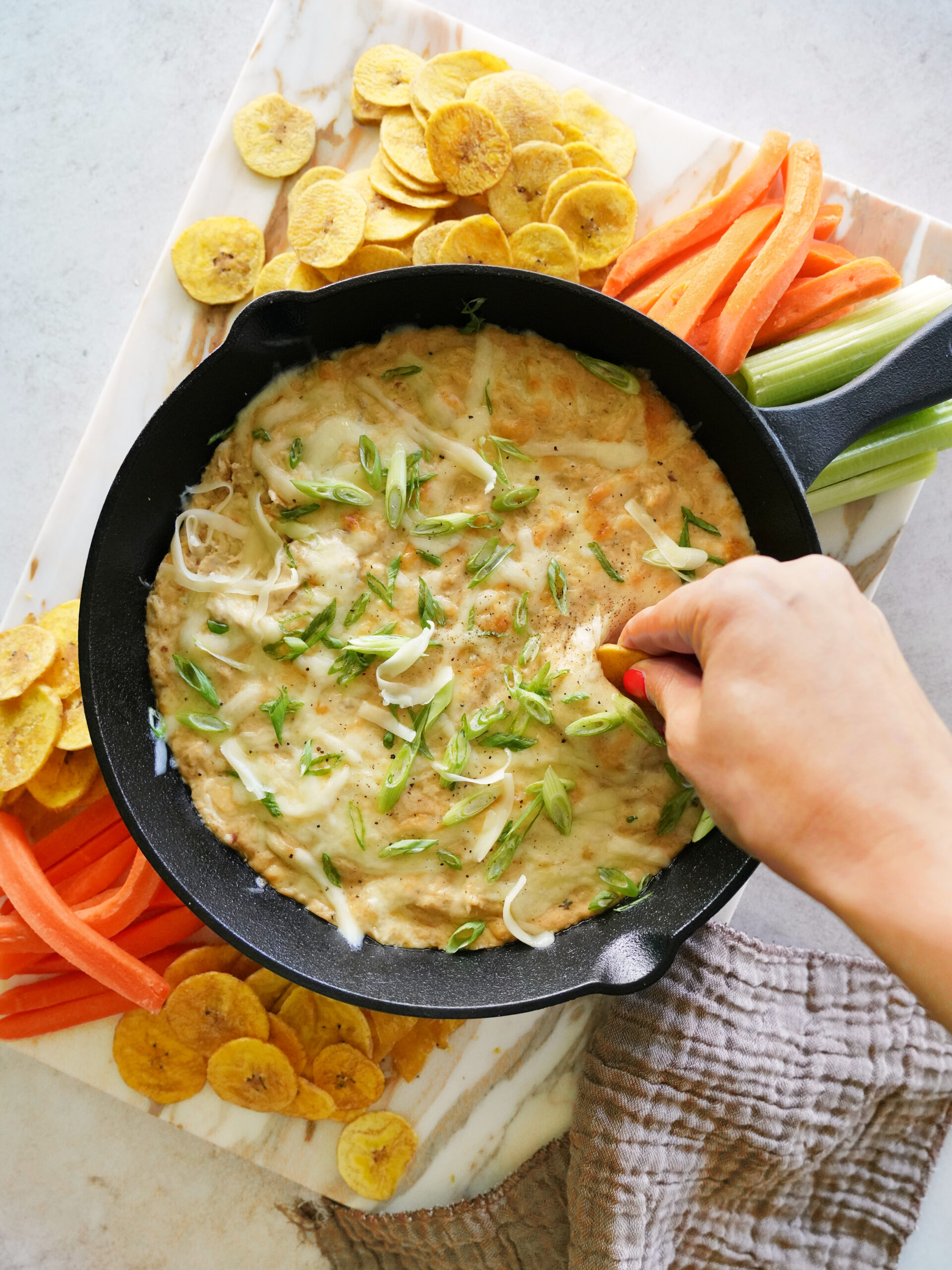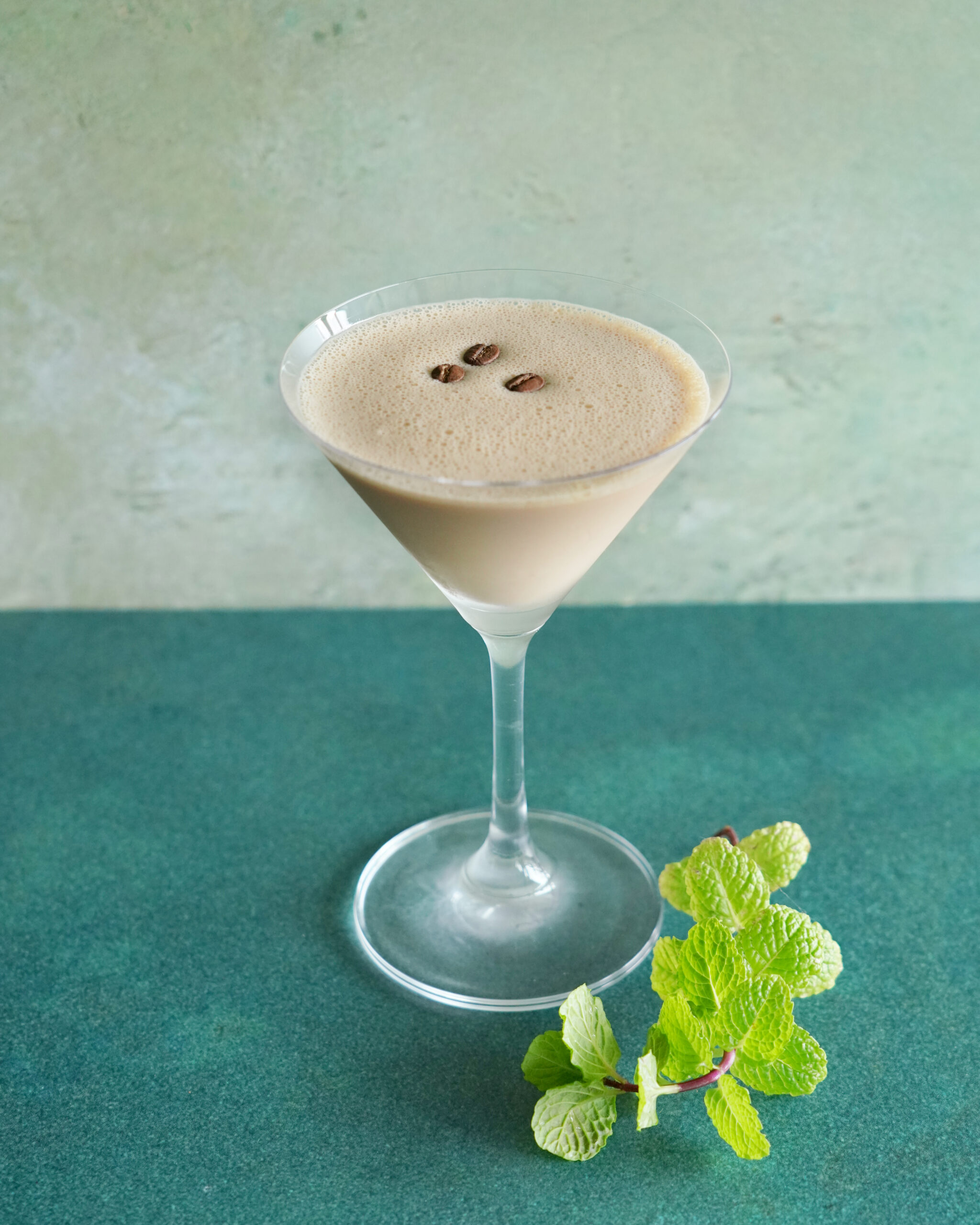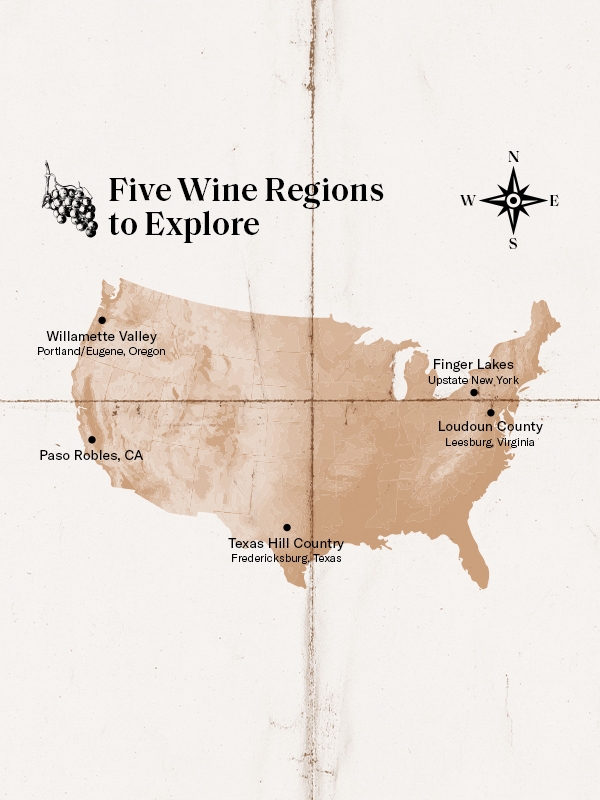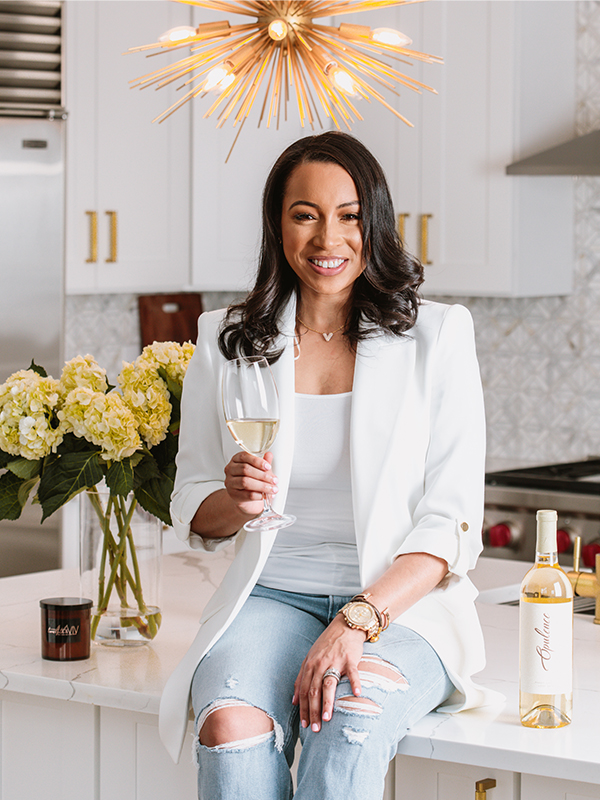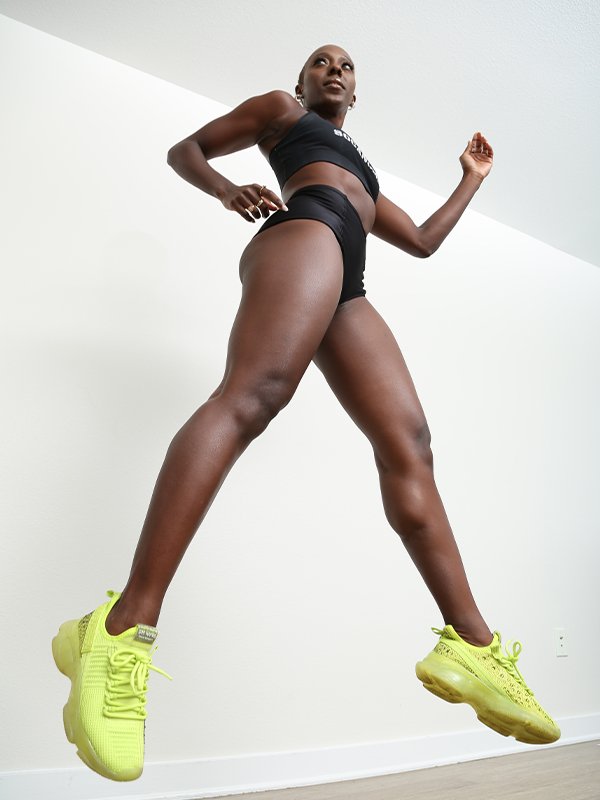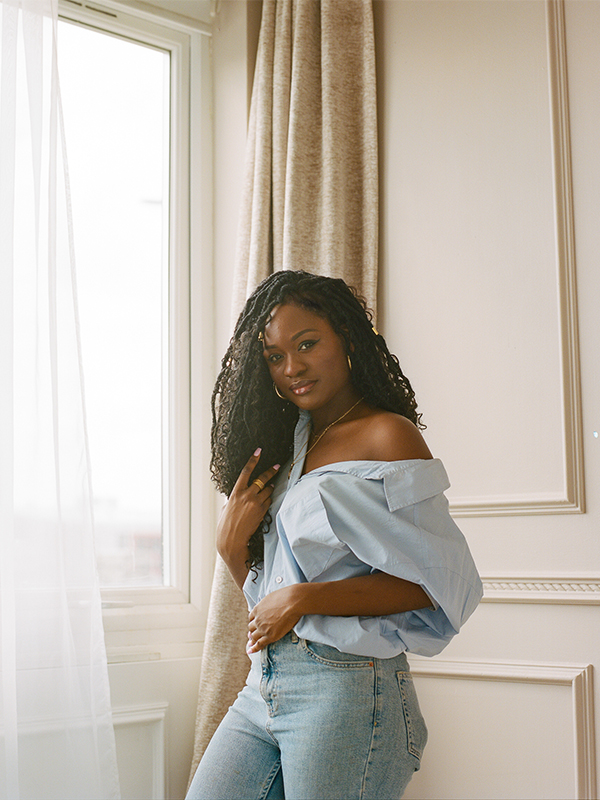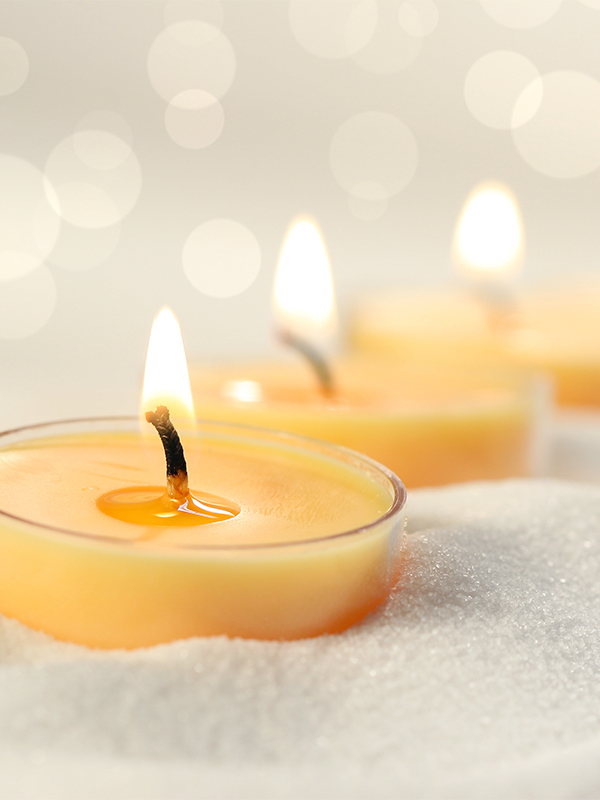As seen in the pages of Sweet July Magazine. Get the Spring/Summer 2022 Issue here!
Paying a little bit extra for a bottle of wine can reward you with a sip that’s truly spectacular. Sweet July’s wine consultant Julia Coney explains when it makes sense to spend more—and how to get the most for your money.
Most people spend about $10 to $15 for a bottle of wine. But up your price slightly, and you’ll be rewarded with something more special. “Pay $20 and you’ll be amazed at the difference,” Coney says. “You typically get better-quality winemaking, and the wine may have spent more time aging in the bottle, which gives it depth.”
To get the most for your money, Coney suggests these strategies:
Shop at small wine stores whenever you can. “The people who work there really know the wines they sell, so ask them for recommendations,” she says. “Tell them your budget, and they’ll point you to a good wine for that price.”
Check for specials. “Small stores sometimes offer a three-pack or six-pack of wines, such as six bottles for $100,” Coney says.
Buy in bulk when you find a wine you love. Stores often offer a discount when you purchase by the case, Coney says. “You can get up to 15 percent off the price.”
5 Wines to Splurge On
Sometimes, you want a wine that gives you a wow experience. Whether you’re celebrating an anniversary, birthday, or promotion—or you just feel like treating yourself—the good news is that “the indulgent category won’t break the bank,” Coney says. “It starts at $30 to $50. And the value and quality of wine at that price is incredible.” Five splurge-worthy varietals and styles to try:
Riesling From Germany, Austria, Alsace, France & The Finger Lakes In New York State
Why it’s worth it: “A $30-to-$40 bottle of Riesling is transcendent,” Coney says. “It has real depth.”
Pair it with: Asian food. Coney enjoys hers with Vietnamese.
Chardonnay From Burgundy
Why it’s worth it: “The oak is integrated so beautifully into the wine,” Coney says. “It has character.”
Pair it with: Seafood and/or Indian food.
Red Wine From Alto Adige, Italy
Why it’s worth it: “The reds produced in this area of northern Italy vary from light-bodied to big and robust varieties that you can sip and enjoy,” Coney says. Look for those made from the lagrein or schiava grapes.
Pair it with: Anything from brisket to burritos.
Vintage Cava From Spain
Why it’s worth it: “Cava aged at least 36 months is a really beautiful sparkling wine,” Coney says. “It’s luscious, rich, and has weight to it.” (Pro tip: Vintage cava has a date on it; nonvintage doesn’t.)
Pair it with: Anything and everything. “It’s the most versatile food wine,” Coney explains. And don’t save it for special occasions only. “I believe bubbles are good on any day that ends in ‘y.’”
Aged Rosé From Tavel And Bandol In France
Why it’s worth it: Rosé is not just for summer. “It’s a year-round beverage,” Coney says. “And it’s ideal when you don’t want a heavy wine.”
Pair it with: Chili, potato au gratin, or anything that has a panko crust—for a perfect balance of flavors.
The Only 3 Wine Tools You Need
You’ve got your bottle. Now all that’s required to enjoy it are a few simple accessories.
To open it: Waiter’s corkscrew with a double hinge. “You can buy one for less than $10,” Coney says. “Use the knife to cut the foil off from the bottom lip, put the ‘worm,’ or the curly part, in the cork, twist it, and the double hinge helps you pull it out” (available at amazon.com).
To drink it: Basic wine glasses. Not the fishbowl kind—“those are too big,” Coney says. Look for red and white wine glasses at stores such as Crate & Barrel, which offer a good selection at an affordable price (starting at about $8 per glass; crateandbarrel.com).
To preserve it: Coravin Pivot. Perfect for occasional or weekend drinkers, this preserver helps wine last for 20 to 30 days, Coney says ($99; coravin.com).
Wine Finds That Taste Expensive But Aren’t
When you want to spend less than $20, look abroad and seek out bottles from Spain and Eastern Europe. “Spain is the place to start because your dollar will go far,” Coney says. “Spanish reds and whites are a great value for the money. You really can’t go wrong with them. They may not all be life-changing, but they will be delicious.”
Eastern Europe is also producing exciting and inexpensive wines. “The country of Georgia makes ‘skin contact’ (or ‘orange’) wines—which means that during winemaking, the grape skin remains in contact with the juice—with a richness to them that I love,” Coney says.
Should You Join A Wine Club?
For people who are just beginning to explore wine, it’s probably not worth it, Coney says. If you want the wine club experience, however, she suggests checking to see whether your local bottle shop offers one. These clubs tend to be less restrictive and expensive.
Even better, experiment on your own. “Most people drink the same wine,” Coney says. “Instead, try a different bottle each week. Take notes about how it tastes. This way, you’ll expand your palate and keep learning.”
Written by Pam O’Brien; Photography by James Wojcik/Trunk Archive



